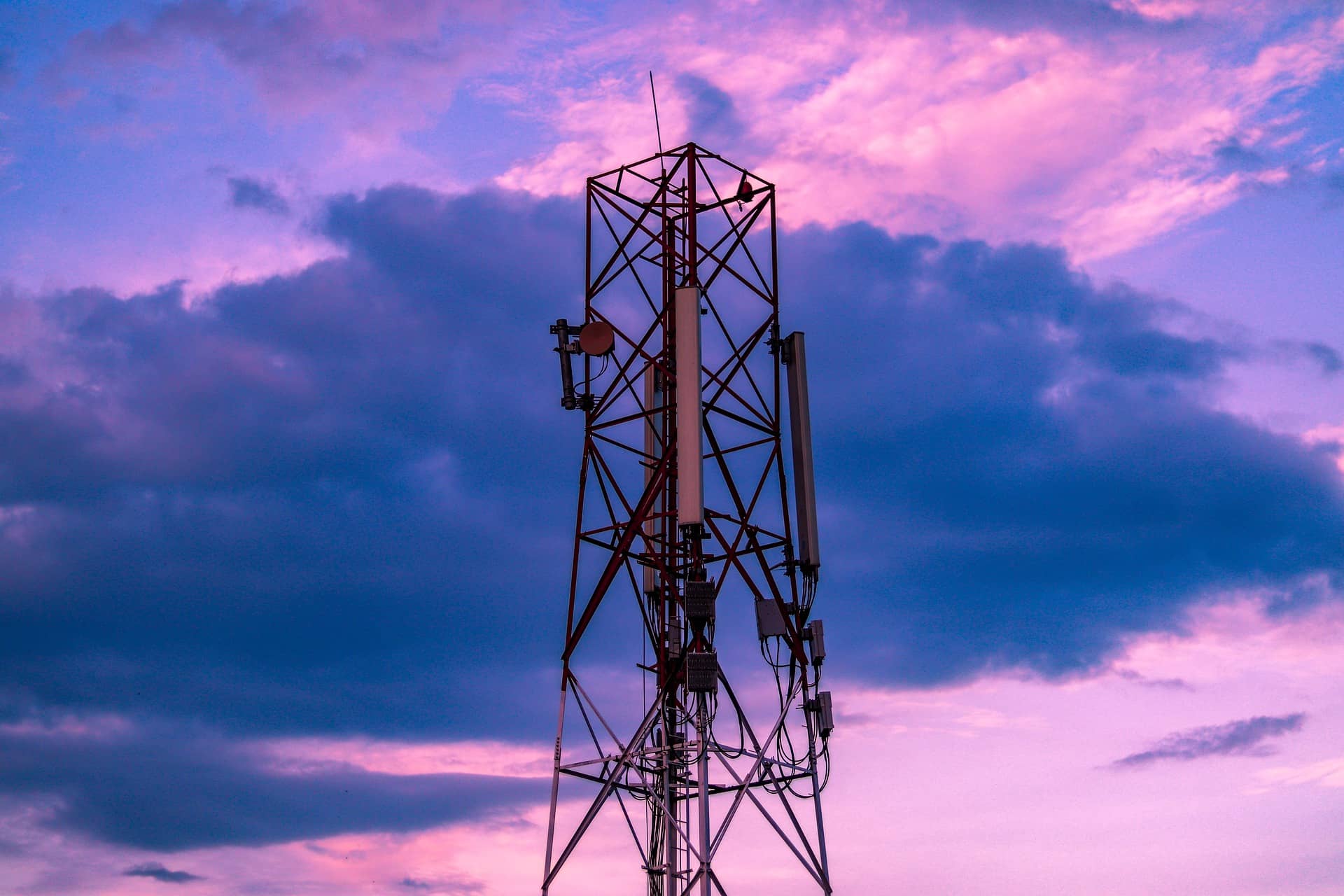
It goes without saying that in the UK – and indeed most developed countries – that mobile connectivity is largely taken for granted. The UK’s 4G networks cover more than 99% of the country, with mobile internet used daily by over 90% of the population.
Nonetheless, thousands, perhaps millions, of UK citizens remain reliant on older technologies like landlines and payphones for their connectivity needs, making retiring these legacy services very difficult for operators.
BT, for example, announced in November last year that they planned to switch off their existing landline services (PSTN and ISDN) in 2025…
Nonetheless, thousands, perhaps millions, of UK citizens remain reliant on older technologies like landlines and payphones for their connectivity needs, making retiring these legacy services very difficult for operators.
In fact, with BT having already begun to remove landline services in some areas, Storms Arwen and Eunice in February this year highlighted an additional challenge for BT: power blackouts. With the storms knocking out power lines, many customers with broadband-only connections found themselves unable to contact the outside world, in some cases even unable to reach emergency services.
These challenges surrounding retiring older technologies extend far beyond landlines. Payphone usage, for example, has been decreasing for many years, with the most recent figures suggesting that there are just 20,000 payphone boxes left in the UK.
But despite their small number, many of these phones still provide vital services, particularly in rural areas where mobile access is poor and for vulnerable customers seeking help. Payphones handled around four million minutes of calls in 2021/22 period, with statistics from the year following May 2020 suggesting that around 5% of calls on these devices were to emergency services and helplines.
The new rules stipulate that payphones are protected from being removed in areas without coverage from all four mobile providers; are located in an area that has a high frequency of accidents or suicides; have been used to make 52 or more calls in the past year; or where there is other evidence of the phone box’s necessity, such as being used to access helplines.
By previous estimates, these measures should stop roughly 5,000 pay phones from being removed.
The rules will also now allow BT and KCOM increased flexibility in the range of services they offer from payphones, such as free calls, phone charging, and Wi-Fi. They also obligate the operators to ensure that phone boxes will still be operational during a power cut following any upgrades to IP services, typically by installing battery equipment to the site.
“You may think of a phone box as a local landmark, or as a landmark symbol of British nostalgia. But they can still serve as a vital lifeline – perhaps to call a helpline or the emergency services – when no other options are available,” said Ofcom’s Director of Connectivity, Selina Chadha. “Our new rules will ensure that many thousands of phone boxes will be protected for as long as they are needed, as well as supporting the rollout of new street hubs, with free Wi-Fi and charging for people on the go.”
As mobile usage continues to increase, landlines and payphones will continue to grow more obsolete, but it seems likely that the iconic red phone box will remain on UK streets for a few years yet.

